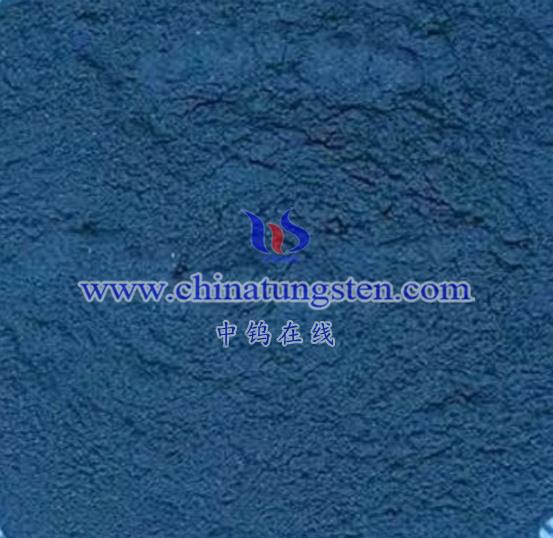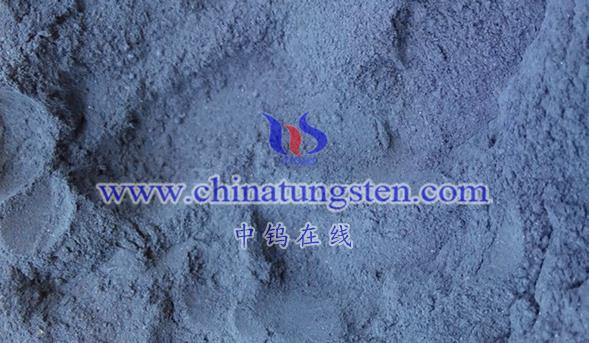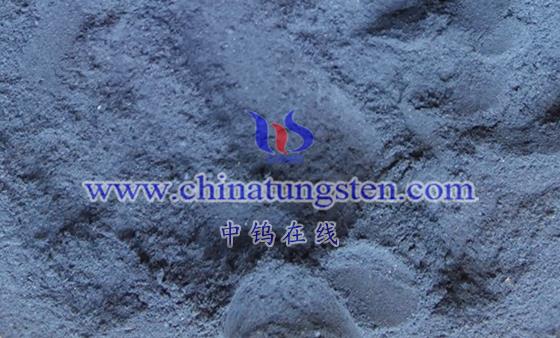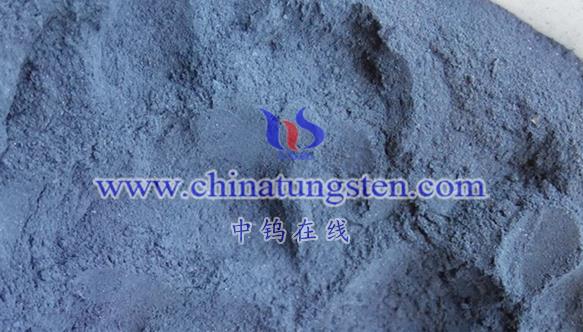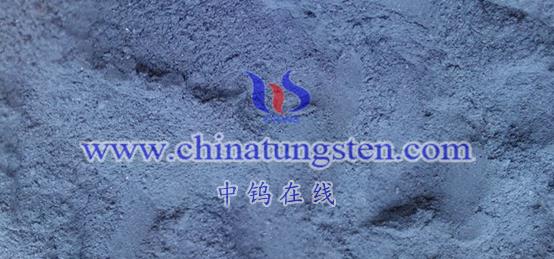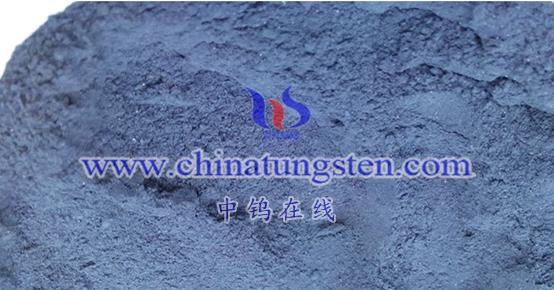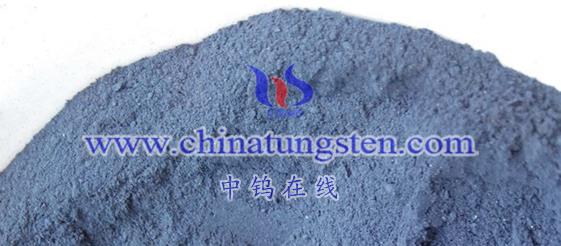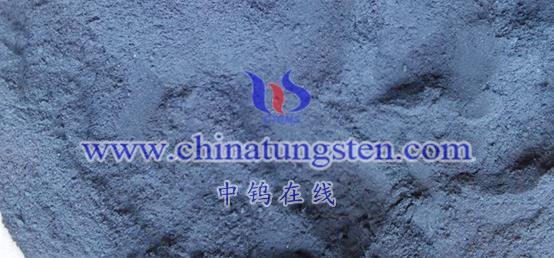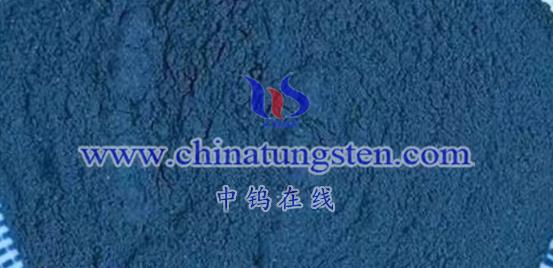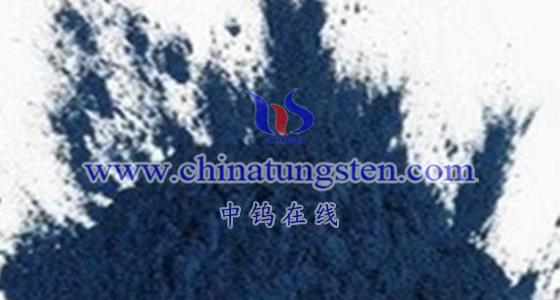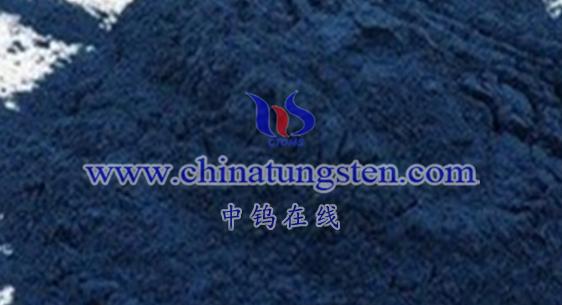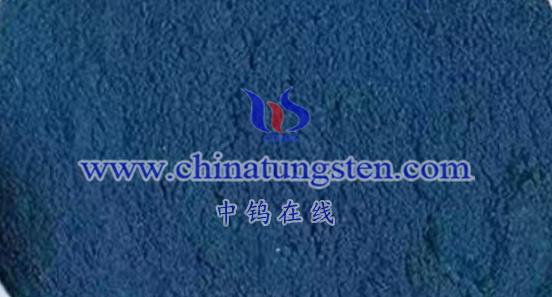
Advantages of Nano Blue Tungsten Oxide (Blue Tungsten)
- Physical and Chemical Stability
Nano blue tungsten exhibits high melting points, hardness, and excellent thermal and chemical stability, making it suitable for use in harsh environments without performance degradation. - Catalytic Properties
Blue tungsten has strong catalytic activity and selectivity, making it widely applicable in petrochemicals, fine chemicals, and environmental sectors. It acts as a catalyst for reactions such as hydrogenation, dehydrogenation, oxidation, and reduction, significantly improving reaction efficiency and product quality. - Applications in Energy Materials
In the energy sector, blue tungsten plays a critical role. For example, it can be used as a photoelectric conversion material in solar cells to enhance efficiency and stability. It is also useful in lithium-ion batteries as an anode material, improving battery capacity and cycling performance. - Optical Properties
Blue tungsten possesses a unique blue hue and excellent optical properties, which make it valuable in optical applications. It is used as an additive in optical glass, films, and coatings to improve optical performance and stability. - Versatility
Blue tungsten is also used in ceramics, coatings, and composite materials. In ceramics, it serves as a sintering aid to enhance material density and performance. In coatings, it is added to anti-corrosion and wear-resistant coatings, improving durability. - Gas Sensitivity
Blue tungsten is sensitive to gases, making it useful for detecting harmful gases like nitrogen dioxide and ammonia. This feature has potential applications in environmental monitoring and safety systems.
Disadvantages of Nano Blue Tungsten Oxide (Blue Tungsten)
- High Production Costs
While there are multiple methods to produce blue tungsten, such as chemical vapor deposition, thermal decomposition, and chemical reduction, the production of high-quality, high-purity blue tungsten remains costly. This can limit its large-scale use in some industries. - Electrical Conductivity
Blue tungsten has relatively low electrical conductivity compared to other materials, which could restrict its applications in fields requiring high conductivity. However, combining it with conductive or semiconductive materials can help improve its electrical properties. - Electron-Hole Recombination Rate
In photoelectric applications, blue tungsten may have a high recombination rate of photogenerated electrons and holes, which can reduce its efficiency in photocatalytic processes. Through composite materials or optimized preparation techniques, this recombination rate can be lowered to enhance photocatalytic performance.
In conclusion, nano blue tungsten oxide offers significant advantages in terms of stability, catalytic activity, optical properties, and versatility across multiple fields. However, challenges like high production costs, lower electrical conductivity, and high electron-hole recombination rates may limit its broader application. With technological advancements and process improvements, these disadvantages can be mitigated, broadening blue tungsten’s future potential.
More details of tungsten oxide product, please visit website: tungsten-oxide.com
Please contact CHINATUNGSTEN for inquiry and order of tungsten oxide:
Email: sales@chinatungsten.com
Tel.: 86 592 5129595
